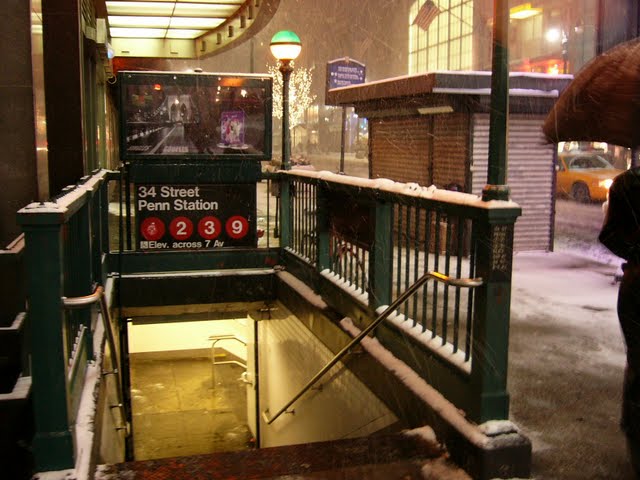
American Cinematheque
EPIC: Heston as Moses in Cecil B. DeMille's 1956 epic, "The Ten Commandments."
The Oscar winner played Moses and Michelangelo, then later became a darling of conservatism.
By Robert W. Welkos and Susan King, Special to The Times
April 6, 2008
Charlton Heston, the Oscar-winning actor who achieved stardom playing larger-than-life figures including Moses, Michelangelo and Andrew Jackson and went on to become an unapologetic gun advocate and darling of conservative causes, has died. He was 84.
Heston died Saturday at his Beverly Hills home, said family spokesman Bill Powers. In 2002, he had been diagnosed with symptoms similar to those of Alzheimer's disease.
With a booming baritone voice, the tall, ruggedly handsome actor delivered his signature role as the prophet Moses in Cecil B. DeMille's 1956 Biblical extravaganza "The Ten Commandments," raising a rod over his head as God miraculously parts the Red Sea.
Heston won the Academy Award for best actor in another religious blockbuster in 1959's "Ben-Hur," racing four white horses at top speed in one of the cinema's legendary action sequences: the 15-minute chariot race in which his character, a proud and noble Jew, competes against his childhood Roman friend.
Heston stunned the entertainment world in August 2002 when he made a poignant and moving videotaped address announcing his illness.
Late in life, Heston's stature as a political firebrand overshadowed his acting. He became demonized by gun-control advocates and liberal Hollywood when he became president of the National Rifle Assn. in 1998.
Heston answered his critics in a now-famous pose that mimicked Moses' parting of the Red Sea. But instead of a rod, Heston raised a flintlock over his head and challenged his detractors to pry the rifle "from my cold, dead hands."
Like the chariot race and the bearded prophet Moses, Heston will be best remembered for several indelible cinematic moments: playing a deadly game of cat and mouse with Orson Welles in the oil fields in "Touch of Evil," his rant at the end of "Planet of the Apes" when he sees the destruction of the Statue of Liberty, his discovery that "Soylent Green is people!" in the sci-fi hit "Soylent Green" and the dead Spanish hero on his steed in "El Cid."
The New Yorker's film critic Pauline Kael, in her review of 1968's "Planet of the Apes," wrote: "All this wouldn't be so forceful or so funny if it weren't for the use of Charlton Heston in the [leading] role. With his perfect, lean-hipped, powerful body, Heston is a god-like hero; built for strength, he is an archetype of what makes Americans win. He represents American power -- and he has the profile of an eagle."
For decades, the 6-foot-2 Heston was a towering figure in the world of movies, television and the stage.
"He was the screen hero of the 1950s and 1960s, a proven stayer in epics, and a pleasing combination of piercing blue eyes and tanned beefcake," David Thomson wrote in his book "The New Biographical Dictionary of Film."
Heston also was blessed by working with legendary directors such as DeMille in "The Greatest Show on Earth" and again in "The Ten Commandments," Welles in "Touch of Evil," Sam Peckinpah in "Major Dundee," William Wyler in "The Big Country" and "Ben-Hur," George Stevens in "The Greatest Story Ever Told," Franklin Schaffner in "The War Lord" and "Planet of the Apes" and Anthony Mann in "El Cid."










No comments:
Post a Comment